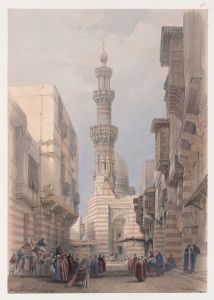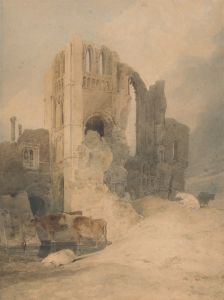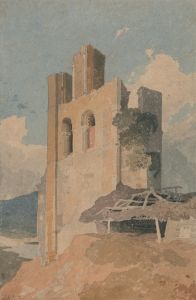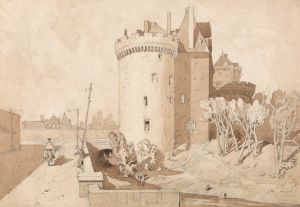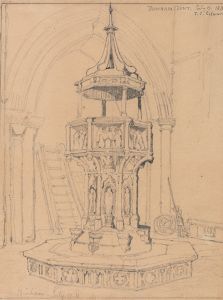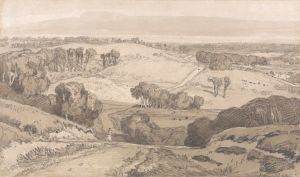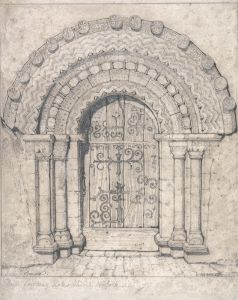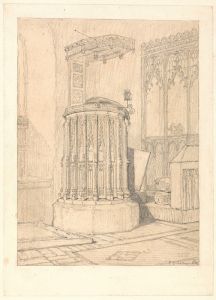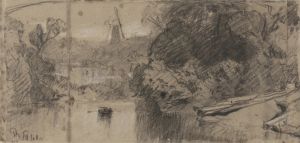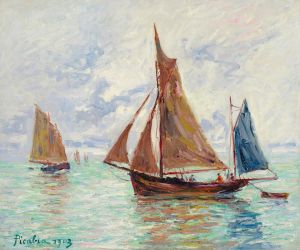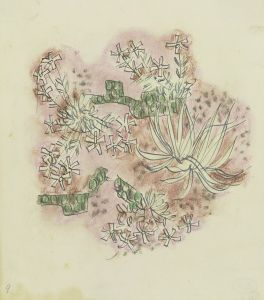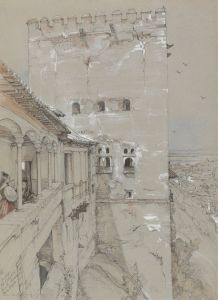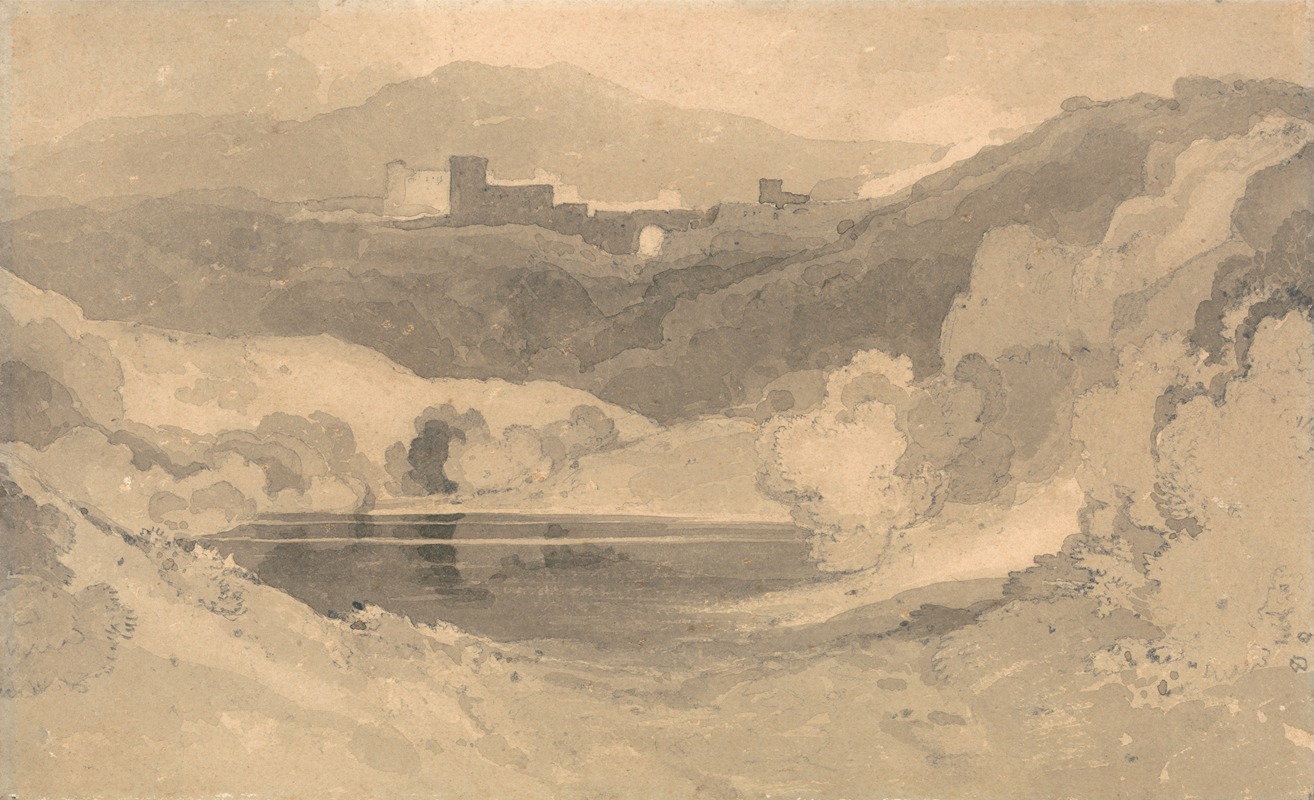
Castle in a Landscape
A hand-painted replica of John Sell Cotman’s masterpiece Castle in a Landscape, meticulously crafted by professional artists to capture the true essence of the original. Each piece is created with museum-quality canvas and rare mineral pigments, carefully painted by experienced artists with delicate brushstrokes and rich, layered colors to perfectly recreate the texture of the original artwork. Unlike machine-printed reproductions, this hand-painted version brings the painting to life, infused with the artist’s emotions and skill in every stroke. Whether for personal collection or home decoration, it instantly elevates the artistic atmosphere of any space.
John Sell Cotman (1782–1842) was an English painter, illustrator, and leading member of the Norwich School of painters. Known for his watercolors and etchings, Cotman was a significant figure in the development of English landscape painting. One of his notable works is "Castle in a Landscape," which exemplifies his skill in capturing the serene beauty of the English countryside.
"Castle in a Landscape" is a watercolor painting that reflects Cotman's characteristic style, marked by a delicate balance between detail and atmospheric effect. The painting depicts a castle set within a tranquil landscape, showcasing Cotman's ability to blend architectural elements with natural surroundings. The use of soft, muted colors and subtle gradations of tone are typical of Cotman's approach, creating a sense of harmony and tranquility.
Cotman's technique often involved the use of broad washes and a limited palette, which can be seen in "Castle in a Landscape." This method allowed him to focus on the overall mood and composition rather than intricate details. The painting likely features a combination of transparent and opaque watercolors, a technique Cotman mastered to achieve depth and luminosity.
The subject of a castle in a landscape was a popular theme during Cotman's time, reflecting the Romantic era's fascination with medieval architecture and the picturesque. Castles were often seen as symbols of history and mystery, and their inclusion in landscapes added a narrative element to the scene. Cotman's interpretation of this theme is both personal and reflective, capturing the essence of the location while imbuing it with a sense of timelessness.
Cotman's work was influenced by his travels across England and Wales, where he sketched numerous historical sites and landscapes. These journeys provided him with a wealth of material and inspiration, which he translated into his paintings and etchings. Although specific details about the castle depicted in "Castle in a Landscape" are not widely documented, it is likely that Cotman drew from his extensive travels and studies of architectural forms.
Throughout his career, Cotman faced financial difficulties and struggled to gain the recognition he deserved during his lifetime. Despite these challenges, his work has been celebrated posthumously for its contribution to the development of landscape painting in England. "Castle in a Landscape" is a testament to Cotman's artistic vision and his ability to convey the beauty and tranquility of the natural world.
Today, Cotman's paintings, including "Castle in a Landscape," are held in various public and private collections, where they continue to be appreciated for their artistic merit and historical significance. His legacy as a master of watercolor and a pioneer of the Norwich School endures, influencing generations of artists who followed in his footsteps.





